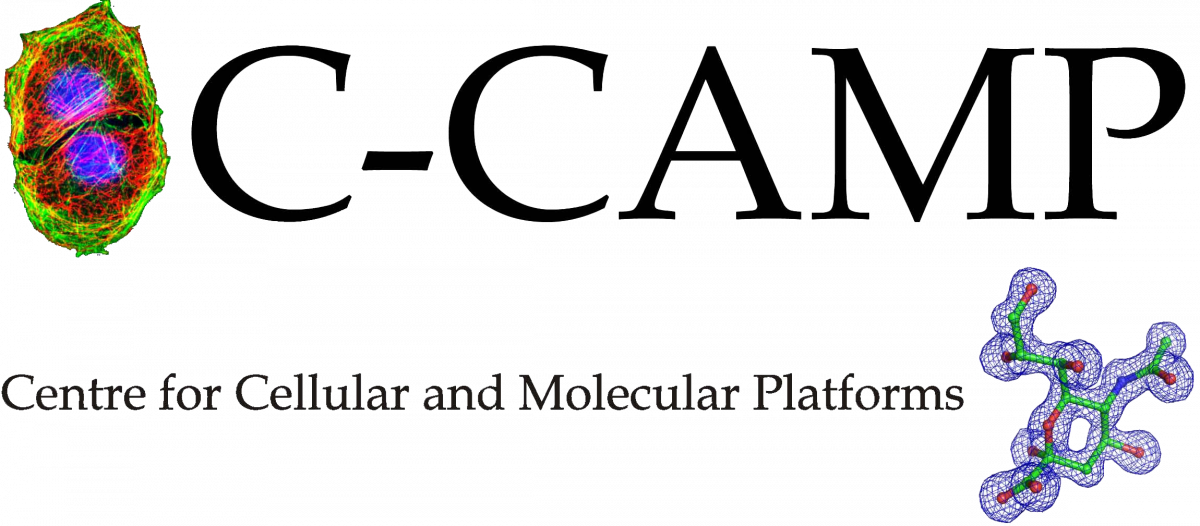It is estimated that about 70 percent of the energy generated worldwide ends up as waste heat.
If scientists could better predict how heat moves through semiconductors and insulators, they could design more efficient power generation systems. However, the thermal properties of materials can be exceedingly difficult to model.
The trouble comes from phonons, which are subatomic particles that carry heat. Some of a material’s thermal properties depend on a measurement called the phonon dispersion relation, which can be incredibly hard to obtain, let alone utilize in the design of a system.
A team of researchers from MIT and elsewhere tackled this challenge by rethinking the problem from the ground up. The result of their work is a new machine-learning framework that can predict phonon dispersion relations up to 1,000 times faster than other AI-based techniques, with comparable or even better accuracy. Compared to more traditional, non-AI-based approaches, it could be 1 million times faster.
This method could help engineers design energy generation systems that produce more power, more efficiently. It could also be used to develop more efficient microelectronics, since managing heat remains a major bottleneck to speeding up electronics.
“Phonons are the culprit for the thermal loss, yet obtaining their properties is notoriously challenging, either computationally or experimentally,” says Mingda Li, associate professor of nuclear science and engineering and senior author of a paper on this technique.
PRESS RELEASE







